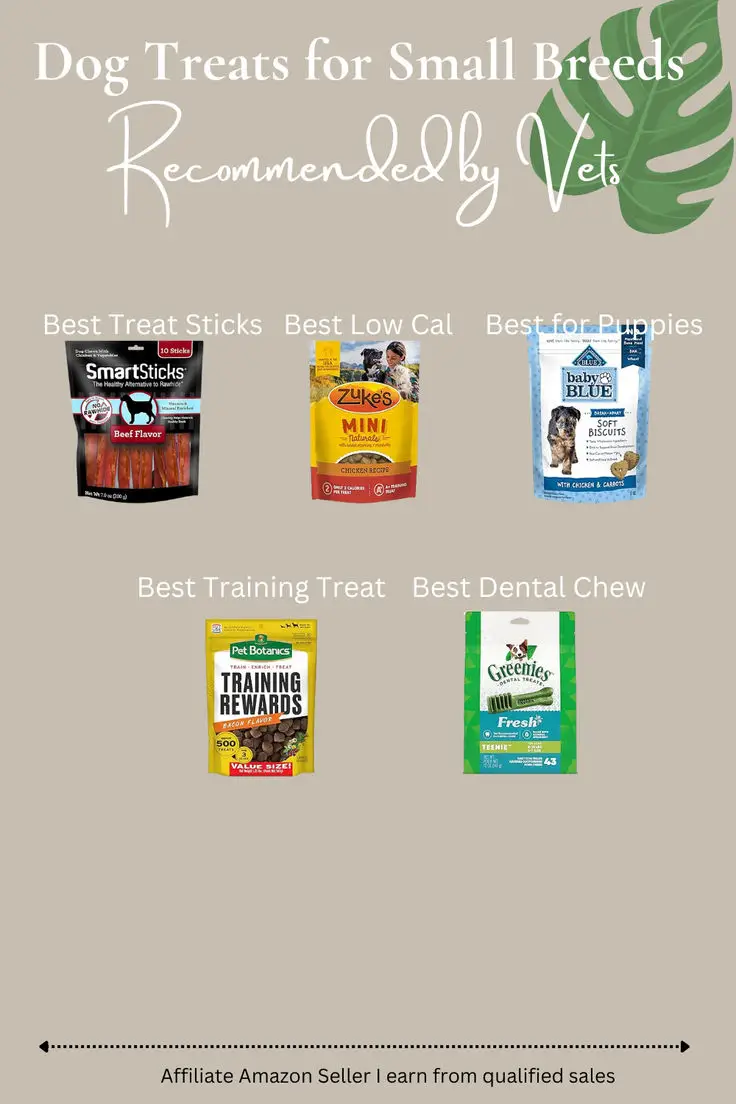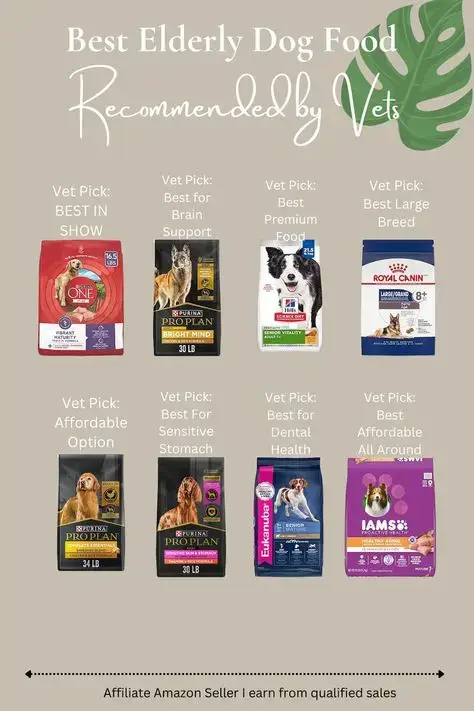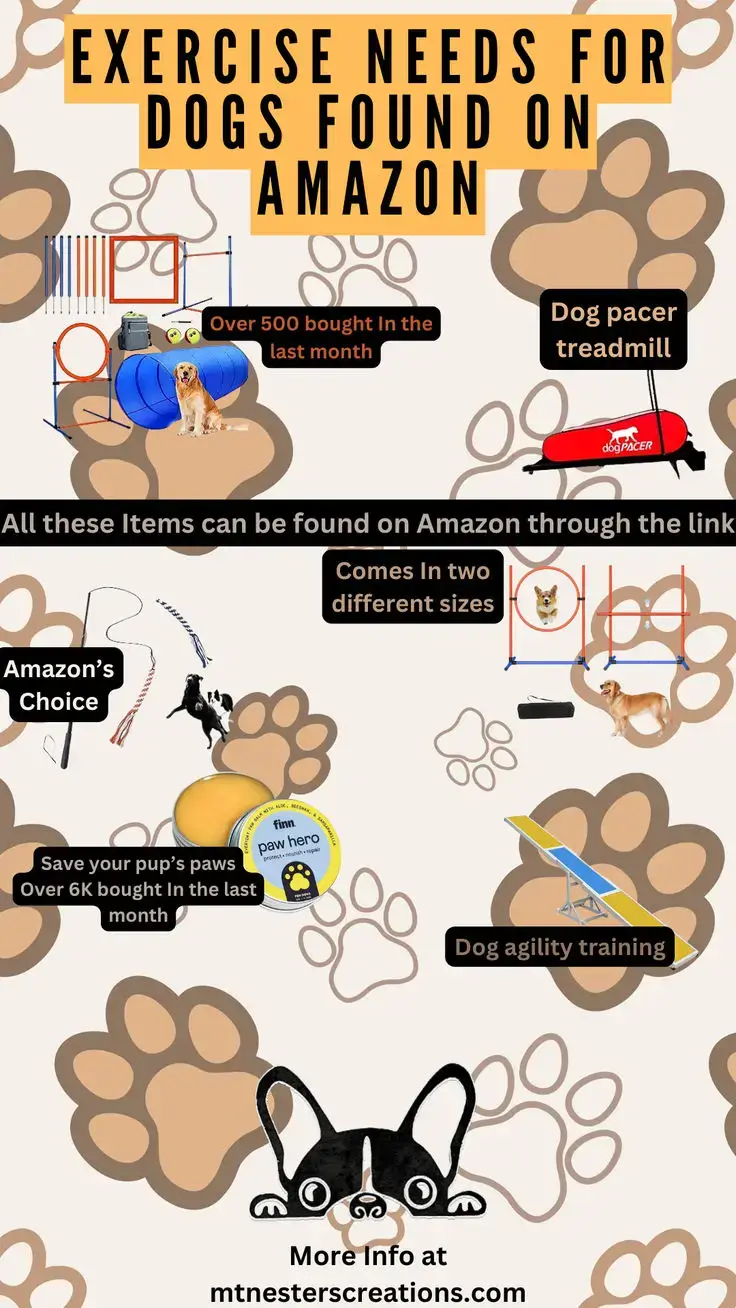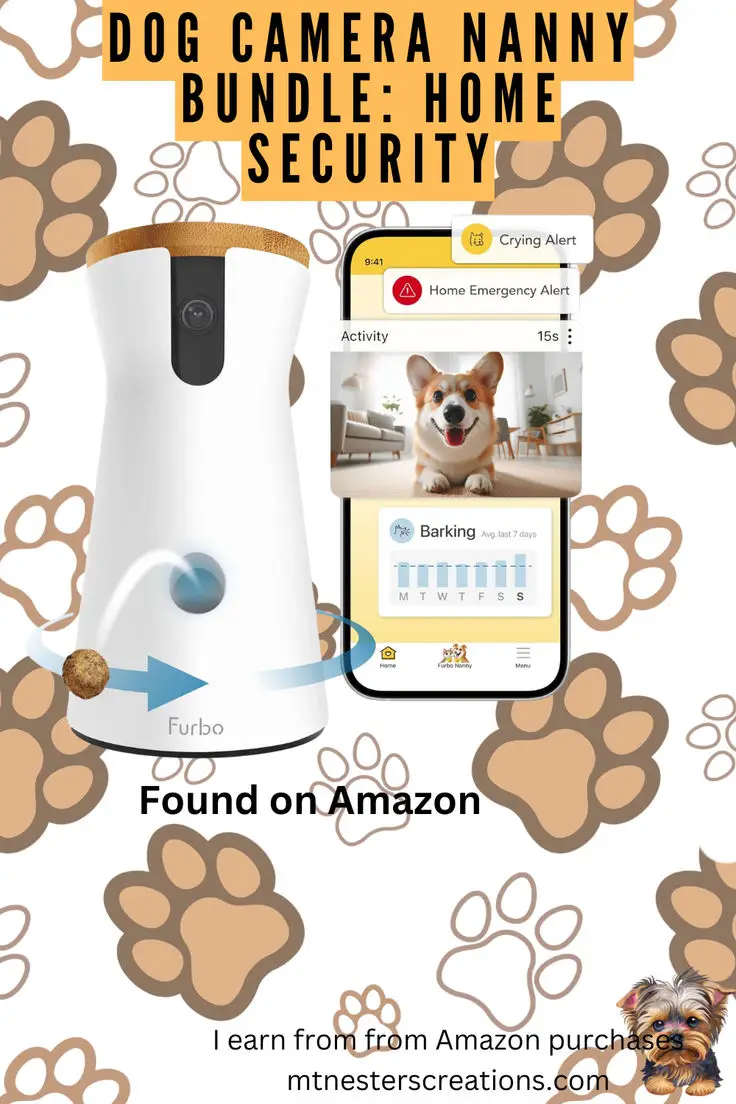See down below for more ideas.
1. REWARD YOUR PET FOR GOOD BEHAVIOR.
Building and maintaining a positive relationship with your dog is essential for their happiness and well-being. Praise—whether verbal or physical—is one of the most effective ways to show your appreciation and plays a crucial role in positive reinforcement training. Dogs are naturally social creatures who thrive on interaction and connection.
A strong bond built on praise and rewards leads to better obedience and trust, far more than fear-driven tactics like shouting or punishment. It’s easy to forget to praise your dog once they’ve outgrown the puppy stage, but keeping up with positive reinforcement is key to maintaining a solid, loving bond that will last for years.
2. SWITCH UP YOUR DAILY EXERCISE ROUTINE.
Walks are great for both your dog’s physical health and emotional well-being. They not only meet your dog’s exercise needs but also provide the perfect opportunity for bonding. Mixing up your routine with visits to new parks, beaches, or scenic trails can offer plenty of mental stimulation, plus a nice break from walking on hard pavement.
Keep in mind that for your dog, walks are all about discovering new scents. So, if they take their time sniffing around, be patient. It’s a natural part of their exploration! Whenever possible, allow them some time off-leash to roam and explore freely—just make sure their recall is solid first.
3. ROTATE THEIR TOYS TO KEEP THINGS INTERESTING.
Just like us, dogs thrive on variety. To keep your pet from getting bored with their toys, try splitting them into sets and rotating them weekly. When you bring out the next set, it’ll feel like a whole new batch of toys to them—keeping things exciting and fresh without the risk of them being forgotten or left unused!
4. HAVE FUN PLAYING GAMES TOGETHER.
Games are a great way to keep your dog both physically and mentally engaged, helping to prevent boredom and destructive behavior. While rough-and-tumble games might overexcite some dogs, there are plenty of other ways to stay active. A flirt pole (a pole with a rope and toy at the end) is a fun chasing game that’s perfect for smaller outdoor spaces. Plus, it’s a great training tool, encouraging your dog to practice commands like sit, look, wait, take it, and drop it. Be sure to check out our behaviorist-approved game ideas to keep your dog entertained and stimulated!
5. GIVE YOUR DOG A FUN TASK TO FOCUS ON.
Dogs were originally bred for specific tasks like herding, hunting, guarding, or tracking. Giving them little household jobs or chores can help direct their energy in a positive way. You could ask your dog to fetch the newspaper, bring your slippers, close doors, put toys in a basket, wake up a family member, or even deliver a message upstairs. Tasks like these give them a sense of purpose and make them feel like a helpful, valued member of the family!
6. MAKE INDOOR TIME ENJOYABLE.When the weather outside turns inclement, playtime and exercise with your dog are likely to be affected. But there are plenty of activities to keep them occupied indoors, too, including the classic hide-and-seek. Your dog could find a treat hidden under plastic cups, play tag with you, chase a ball down the stairs, find a toy or treat hidden somewhere in the house or learn a new trick – and that’s just for starters!
Why not make an agility or obstacle course with brooms, chairs and blankets? Or get your dog to practise their skills in quick succession: sit, down, roll, stay, come, high five, wave. Make the order random, to keep them thinking, and reward generously afterwards.
7. KEEP THEM ENTERTAINED WHEN YOU ARE NOT HOME.
Dogs are naturally pack animals, and being left alone for long periods can cause stress or even lead to separation anxiety. To avoid this, try not to leave your dog home alone for too long. If you can’t arrange a dog walker or rely on a neighbor or family member to check in, consider providing stimulating toys to keep them entertained while you’re away.
These days, there’s a wide range of interactive toys available, like slow-feeder treat dispensers, puzzle toys, or chew toys. You can also get “nose work” blankets or snuffle mats that encourage your dog to search for treats, providing both mental stimulation and fun!
8. INTRODUCE NEW TREATS FOR VARIETY.
Let’s be honest – our dogs are strongly motivated by food, so giving them meals and treats they enjoy will make a big difference to their happiness. You could even try making your own! Just don’t forget that treats count towards their daily food intake. So, if you’ve offered more snacks than usual, don’t forget to decrease the size or calorie count of their regular meals, to stop them overeating.
9. TREAT YOUR DOG TO A RELAXING MASSAGE.Massage isn’t just a treat for humans—it’s a great way to relax your dog, reduce anxiety, improve circulation, and strengthen the bond between you two. Start by gently petting your dog and speaking in a calm, soothing voice to help them relax. Use the flat of your palm to softly massage from the top of their head down to their neck in gentle, circular motions. Then, work your way to their shoulders (a favorite spot for many dogs since they can’t reach it themselves) and continue with circular strokes.
Next, move to the chest and front legs, being mindful of their paw pads and stopping if they seem uncomfortable with any area being touched. Afterward, return to the shoulders and make small circular motions along their back, just to the sides of the spine. Finish with a gentle massage at the base of the tail, then move down their back legs, ending at their paws if they seem to enjoy it. This can be a calming and enjoyable ritual for both of you!
10. FIND THE RIGHT BALANCE BETWEEN ROUTINE AND NEW ADVENTURES.
Dogs thrive on routine, as it gives them a sense of security and stability. Whether you’re working from home or heading to the office, keeping a consistent schedule will help keep your dog content. That said, it’s important to mix things up now and then with new tricks, treats, and places to explore, so your routine stays fresh and exciting for both of you.







